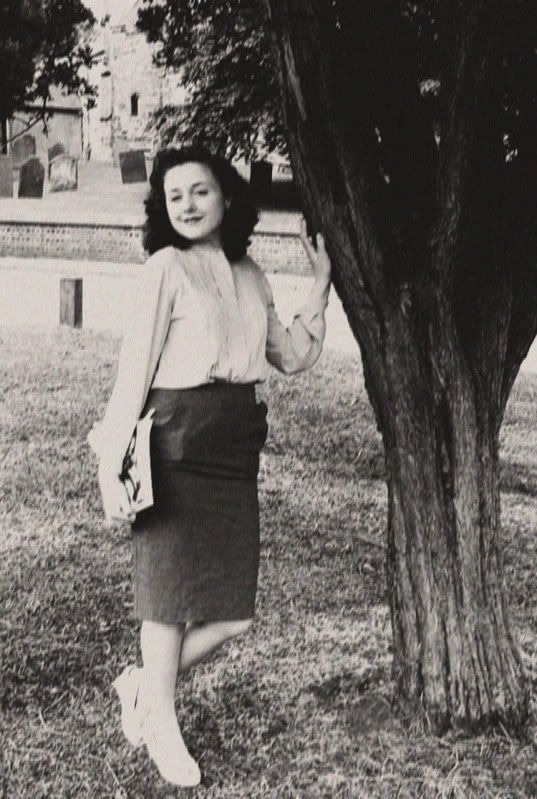D
Deleted member 12480
Guest
Hello 
I'm not a frequent visitor of this part of the Lounge, so sorry if this has been asked before (I did do a google search, but not much came up.)
I was wondering if someone could advise me on an old film camera that's not too complicated (I'm not great at using cameras!) for my photography project. I just need 'authentic' pictures.
Thanks,
deleteduser
xx
I'm not a frequent visitor of this part of the Lounge, so sorry if this has been asked before (I did do a google search, but not much came up.)
I was wondering if someone could advise me on an old film camera that's not too complicated (I'm not great at using cameras!) for my photography project. I just need 'authentic' pictures.
Thanks,
deleteduser
xx

